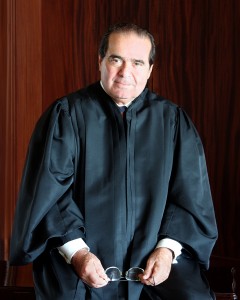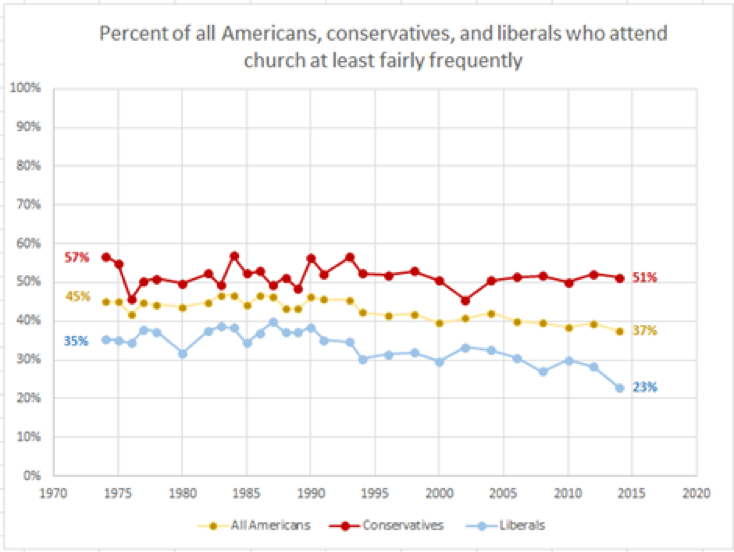Are you a worker in the on-demand economy? Do you pick the hours you want to work, change who you occasionally work for from time to time, and get most of your work through the matching of your services through technological apps and other forms of digital on-demand requests? Basically, are you an Uber driver or something like that?
These are the new workers. They’re not quite independent contractors who can set their own prices and choose their clients nor are they traditional employees who work “9 to 5” or at the employer’s will. So do they need the traditional protections that workers in the “old” economy created through the years in public policy?
One study last year proposed coming up with a new set of rules for these “independent workers” to give them some of the protections and benefits that traditional workers get on minimum wages, overtime pay, non-discrimination, family and medical leave, workers’ compensation, unemployment insurance, health insurance, and pension benefits.
Among the suggestions: The new “independent worker” classification would allow employees to unionize, and task employers with providing health and disability insurance through contributions to the Affordable Care Act exchanges, paying the employer share of FICA tax payments, and withholding income tax payments.
But a new report on “The On-Demand Economy and Worker Benefits and Protections” suggests that these demands may be over-correcting in a new economic era that is still developing. In other words, the study is a little bit of overkill.
An important reason for exercising some caution in public policy regarding worker protections is the very real prospect of unintended consequences from steps intended to help workers. In particular, the proposal to create a new third category of worker – the “independent worker” – could inadvertently result in a loss of income and social protection for the people the policy is intended to help.
Today, employers must choose to either hire workers as employees or engage with independent contractors to get the services they need to run their businesses. If employers are given a third choice that entails less expense, less long-term commitment, and fewer risks, it would seem possible that the main effect would be to encourage more employers to redefine their workforce to fit within the new model. This could mean a larger migration of people out of employed status and into independent worker status than from independent contractor to independent worker.
After all, there are far more people who are currently employees of firms than who are working as independent contractors, and thus far more potential for migration out of employment than out of independent contracting. In addition, the combination of proposed benefits for independent workers would raise costs on employers well above what they are today. Harris and Krueger’s proposed requirement to pay a 5 percent fee for health insurance on all compensation earned by independent workers would be the equivalent of a new tax on this sector of the economy. Employers will be unlikely to pay much of this tax, as they will adjust the compensation levels of their workers and also raise their prices. The net effect, however, will be to squeeze the ability of the new firms to run their businesses as they can today, which means these firms will contract or grow less rapidly than they would without the new costs and restrictions associated with independent workers. This will mean reduced incomes for those people who would have been willing to engage with these firms without the added protections of independent worker status.
The report acknowledges that workers do need protections, but suggests that many potential solutions are already in place. Author James Capretta notes that independent workers are already required to pay Social Security and Medicare taxes. Additionally, retirement accounts and health insurance are available to workers who may not have it provided by employers. Increasing the “portability” of job-based benefits, as has already been proposed for the overall workforce, would free up workers to move from position to position as it suits them, thereby enhancing the on-demand economy.
As for workers compensation and unemployment insurance, these are two areas where changes could help both firms and workers.
The best alternative approach to improving the financial security of workers in the on-demand economy is to allow them to set aside resources that they could later tap during a period of lower earned income. Firms could be asked to facilitate independent contractor contributions to a 401(k) plan that could also serve as a cushion during periods of lower earned income. Conditions could be established for withdrawing funds without penalty to allow individuals with a history (above some minimum) of independent contractor income to supplement their incomes during periods of lower incomes. Those who access funds in this manner could be required to repay the amounts when their incomes, as shown in tax filings, exceed a certain threshold.
The Aspen Institute’s Future of Work Initiative, which funded the report, says it is built on the idea that “the economic landscape is changing far faster than our system of workplace protections and benefits has been able to keep pace – requiring fresh ideas for how to revitalize our social contract and restore the promise of work.”
Do you think independent workers are being taken advantage of in the on-demand economy, or is this a refreshing new opportunity to keep capitalism on the front burner of the U.S. economy?
Read the full report on the “On-Demand Economy and Worker Benefits and Protections.”








